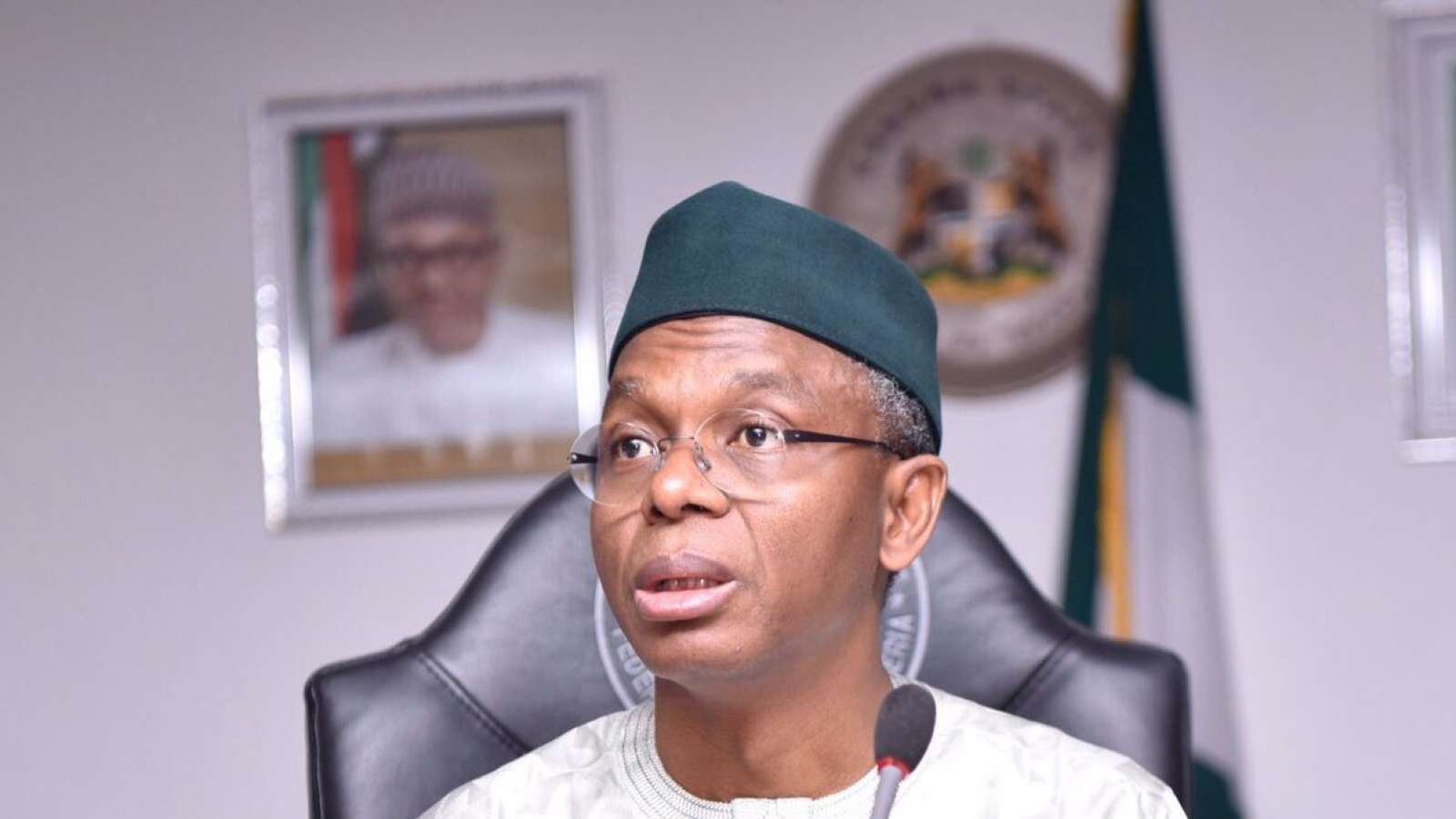Kenya, currently the eighth largest geothermal power user, has more geothermal power capacity under construction than any other country, and plans to nearly double overall geothermal power output by 2030 as part of ambitious green energy goals.
Once current projects are completed, Kenya will rank fourth on the global list of geothermal users behind the United States, Indonesia and The Philippines, and aims to generate over half of the country’s electricity from geothermal sites, data from Global Energy Monitor shows.
Geothermal power does not produce emissions during electricity production, similar to other forms of renewables.

Major global geothermal power producers
But it has the added benefit of being available around-the-clock in reliable quantities, which trumps the intermittent nature of solar and wind power and makes it attractive for industrial power users as well as power generators.
In addition, the geothermal sector generates more direct and indirect jobs than other renewable energy sources, with an estimated 34 jobs per installed megawatt created compared to 19 by the wind sector and 12 for solar photovoltaic installations, according to Italian energy company Enel(ENEI.MI).

Kenya renewable energy capacity development pipeline
For the fast-growing economies of Africa, where the population is expected to reach 1.7 billion by 2030, industries that create jobs and accelerate the global energy transition will likely gain preferential treatment from governments and broad support from society.
In turn, that may help the geothermal sector withstand competition from rival energy sources in the years ahead, even if some may be cheaper to construct per unit of power capacity.
GEOGRAPHIC FOCUS
Geothermal power facilities tend to be clustered along the boundaries of major tectonic plates, and so are not a viable option in all locations.

Map of global geothermal power facilities
However, in areas where there is active tectonic plate movement and the Earth’s heat can be tapped at relatively shallow depths, geothermal facilities can be a cost effective means to generate abundant clean power.
In Kenya, the Great Rift Valley is the main source of geothermal power.
Lying along the East African Rift, one of the world’s most active continental rift zones, the valley floor offers geologists relatively easy access to subterranean heat pockets.
“On average, engineers around the world need to drill about 3,000 to 4,000 meters to make a geothermal well, but some wells in Kenya are only 900 meters deep,” according to Peketsa Mangi, a general manager at Kenya Electricity Generating Company, quoted in a report published by the International Monetary Fund.
WIDENING REACH
Relatively easy access to geothermal sources has motivated Kenya to become a global leader in geothermal site development, and the country has boosted geothermal capacity by 375% from 2010 to 2022, more than any other major geothermal producer, data from think tank Ember shows.
In turn, Kenyan engineers and project managers have developed world-leading expertise in the geothermal sector, and often lead the geothermal project development, from site surveys to environmental impact assessments to plant design, elsewhere.
This has allowed neighbouring nations such as Ethiopia and Djibouti – which also abut the East African Rift – to begin the development of geothermal sources with guidance from Kenyan experts.
These new projects are only scratching the surface of East Africa’s geothermal potential, however.
According to the United Nations Environment Program, eastern Africa has the potential to generate more than 20 gigawatts of electricity from geothermal sites, which is more than double the current total installed electricity capacity of Kenya and Ethiopia combined.
For Kenya’s power generation companies, additional geothermal capacity will allow them to boost overall electricity supplies without resorting to lifting fossil fuel use beyond the current levels of around 12%, and thereby keep the country’s power sector as one of the cleanest in Africa.
For Africa as a whole, which is expected to see a significant acceleration in economic growth through 2050, the Kenya-led build-out of East Africa’s geothermal capacity would enable several economies to tap increased volumes of emissions-free electricity while providing the entire continent with greater energy independence.
This suggests that while Kenya’s geothermal development momentum is mainly a local issue for now, the impact of sharp increases in clean power generation throughout Eastern Africa could in time have global energy market repercussions.
Source: Reuters






























































